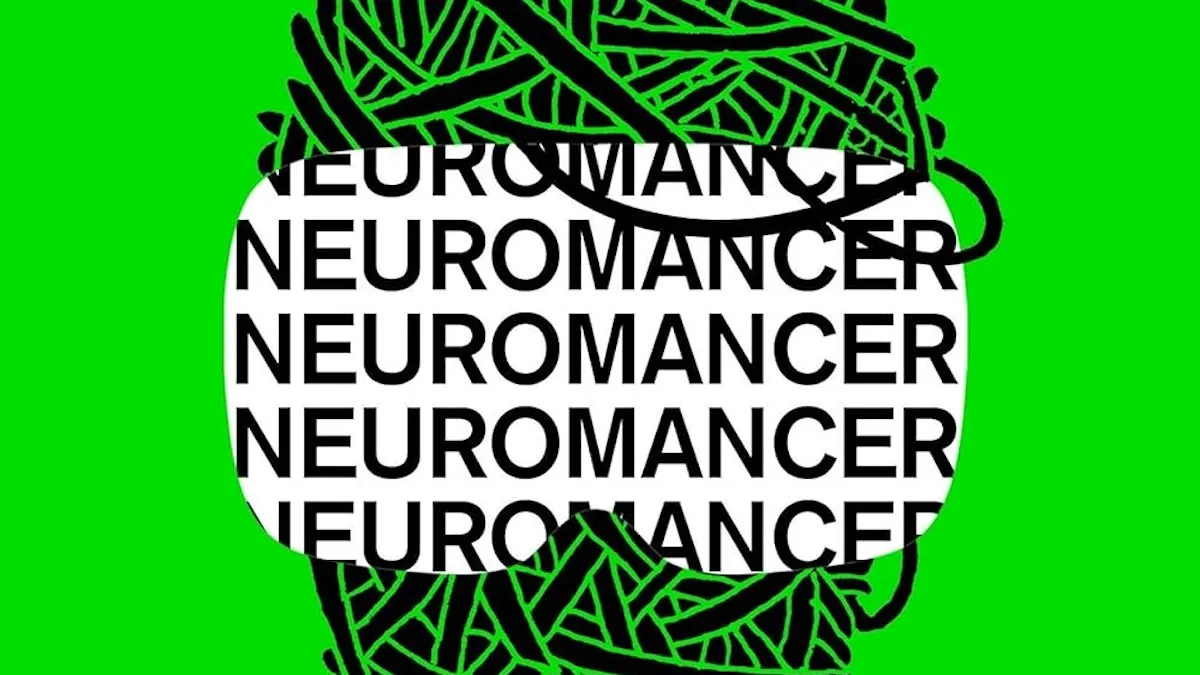With the massive success of Shonda Rhimes’ fantasy-like take on Julia Quinn’s Bridgerton novels, many people (myself included) are reading the books for the first time. Coinciding with this demand and their season-by-season adaptation of the individual novels, Netflix (like many production companies before them) created an adaptation edition with each book. So far, with romance imprint Avon Books (under Harper Collins), they’ve released new editions for The Duke and I (a.k.a. season one) and The Viscount Who Loved Me (a.k.a. season two).
Usually, the conversation around movie/TV covers like this begins and ends with people loving or hating these editions on aesthetic grounds. However, with new Bridgerton covers, there lies a significant disconnect between the racial/ethnic makeup of the show’s cast (and, therefore, the new covers) and the very-white books themselves. Many have rightfully accused Netflix (and Avon) of misleading unaware readers who are venturing into this genre, by marketing the books as more inclusive than they are with the new covers—especially Black and brown readers, who may think that they will see themselves in the story like they did on the show.
The Netflix cover edition of the Duke and I came just one year after the Barnes & Noble “diverse covers” disaster, in which they redesigned “classics” with people of color on the cover alone—none of which featured Black protagonists, and then they did feature Black characters at all, you’d wish they didn’t. This announcement came during Black History Month of all months. While not as bad as the Barnes & Noble situation, Netflix and Avon’s marketing of diversity without substance or the uplifting of POC authors is tasteless at best and deceptive at worst.
It’s especially bad considering how race works within Quinn’s actual novels.
Race in Bridgerton books
I’m about halfway through Quinn’s first novel, The Duke and I, and aside from the fact that being racialized as white means freedom from acknowledging their whiteness for the main characters, racial implications are very present in the story’s background. As Lady Whistledown’s Society Papers (a.k.a. Regency Gossip Girl) tells us, the story takes place in 1813 England. For a few more decades, slavery was legal in the British Empire, which was still in its expanding stage. (It “peaked” in the 1820s.)
Okay, so what does this have to do with the story? Other than his disability and his terrible father, all we know about Simon at the outset is that he is a scholarly rake who globe-trotted a bit. For newbies, a “rake” is man who engages in debauchee, colloquially referring to womanizing and giving into sexual pleasure. Simon traveled to Southern Europe, the Middle East, North Africa, and the West Indies. Later, there are comments about Bridgeton brothers Anthony and Colin traveling abroad, with the implication of Italy.
Young, wealthy bachelor men allude to immoral rakish behavior abroad with “exotic” women, and yet return to “society” for traditional education and a “proper” marriage. The story portrays these white women as worthy of respect, courting, etc., but the women before that—often of a lower class and non-white (regarding traveling and military service)—do not get that same respect. This understanding is one of the reasons Daphne’s brother takes so much issue with Simon.
Daphne also tells Simon, “I suppose I should want to see the southern sky. If I were exotic and dashing, and the sort of female men write poetry about.” For context, other than France at this time, no one south of Britain was considered white to British people. People considered non-white have historically been depicted (negatively) as sexually promiscuous. The contemporary red-dressed, dark seductress stereotype comes from the 1840s novella and 1870s opera Carmen. While Carmen began as a Romani woman from Spain, the stereotype morphed into today’s “Spicy Latina.”
Historical accuracy only when it’s convenient
Other Regency novels deal with similar implications, at least on the periphery, such as where “the money” comes from or George Wickham’s imperialistic service abroad in Jane Austen’s Pride and Prejudice (if not outright). These details reflect the genre, which mirrors history (and present, if we are being honest). I’m also not at all going to advocate for all-out “historical accuracy” as a blanket rule. That’s boring, and growing up on Disney movies, The Count of Monte Cristo, and Pride and Prejudice—we desire to see people like us in those beautiful Regency-era settings.
That being said … authors shouldn’t only raise the issue of historical accuracy when it’s a convenient way to explain their shortcomings. Popular romance authors will boast about the modern sensibilities of their historical protagonists. In The Duke and I, there’s a whole flirty conversation between Simon and Daphne as to why Greenwich is considered the prime meridian on the map. Not only is the reasoning wrong (hey, maybe it’s just Simon trying to look good), but that conversation is 70+ years too soon and is a historical anachronism. And that’s fine! But the author can’t then turn around and claim the whiteness of her books is due to sincere efforts in “historical accuracy.”
While I’m not particularly upset at Quinn in this book cover situation overall, her clumsy excuses as to why she doesn’t feature much racial diversity in her novels at a 2017 (all-white) panel on feminism in the romance genre don’t work, either. Using infantilizing metaphors, she first claimed it would be a distraction, not historically accurate, and also implied that confronting race would make her protagonists look bad.
When she finally landed on something along the lines of I can only write about experiences similar to might to tell them authentically, I felt a moment of relief. However, it quickly subsided as she said, “If I’m going to try [to include ‘diverse characters’], I need to at least talk to them and ask them. I need to figure it out because I don’t want to appropriate it and claim something as my own that I really don’t know about enough to do a good job for.” That’s an odd statement coming from someone who writes historical fiction, which already requires research.
How do we move forward?
Netflix and Avon Books must better advertise and fairly take up more works by authors of color. Obviously, the market is there. However, both companies lag in meaningful inclusion. Avon only brought more attention to this issue when they promoted other (mostly Regency-era) historical romances on Twitter last week.
I’m not even asking for the content of the novels to be ‘fixed.’ What I am saying is that Netflix, Avon, and whoever else is involved in special Bridgerton editions should avoid moving forward with these new covers that depict the actors and actresses. Instead, opt for covers without people (like the originals) or go with versions that don’t call as much attention to the race or ethnicity of the characters. The initial Netflix cover with just Anthony zoomed in and obstructed is a perfect example of this, and I’d rather they stick with that than give the novels unearned, misleading credit for the Netflix series’ inclusivity.
(via Twitter, image: Avon Books, Netflix, and Alyssa Shotwell)
—The Mary Sue has a strict comment policy that forbids, but is not limited to, personal insults toward anyone, hate speech, and trolling.—









